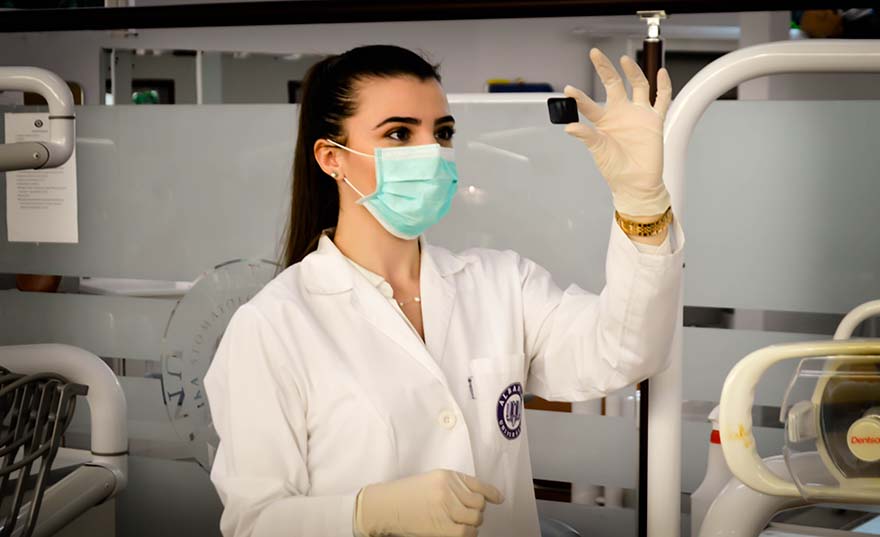For many of us, it’s the ”it” question of the year: When can I get the COVID vaccine?
The answer to that question is a moving target. Here’s what to know about vaccine distribution and how to stay current on what’s happening in your hood.
The rollout: Days after the FDA gave emergency use authorization (EUA) to the Pfizer/BioNTech vaccine on Dec. 11, supplies began shipping. A week later, a second vaccine, from Moderna, got its EUA. But there have been ups and downs, with glitches and fewer doses than expected delivered and given.
Find your group: The CDC took the advice of its expert panel, the Advisory Committee on Immunization Practices (ACIP) and has recommended giving the vaccine in phases to different groups. So far, here is the plan:
- 1a—Healthcare workers and long-term care facility residents
- 1b—Frontline essential workers (fire, police) and people age 75 and older
- 1c—People age 65-74, those 16-64 with underlying medical conditions, other essential workers.
Who’s in front of me? The New York Times developed a fun tool to estimate your place in line and ”see” where you stand. Use the tool to plug in your age, county and other details and you can see who’s keeping you company in line.
State by state plans: Every state had to file its vaccine plans with the CDC. Those are lengthy documents. For current info that’s regularly updated, find the COVID vaccine page for your state. Google, for instance, California and COVID vaccine, and you get this page. Google Arkansas and COVID vaccine and you get this page. You can check your eligibility with a screener, such as this one.
Can’t we speed things up? That was the thought of some who suggested giving less than a full dose of the vaccine, to stretch supplies when we fell woefully short of meeting projected vaccination milestones.
No way, says the FDA, who shot down that idea ASAP. The vaccines available have been given emergency use authorization from the FDA, and that authorization was based on clinical trial results using a full dose and on the dosing schedule tested. Another caveat: Don’t mix-and-match the two-dose vaccines. The second dose should be the same vaccine as the first.
How else can I stay in the know and not miss my chance?
You can take a number of steps, says Aaron Glatt, MD, an infectious disease doctor and chair of the department of medicine, Mt. Sinai South Nassau, Oceanside, NY. Among them:
- Tune in to local media for reports of availability.
- Ask your doctor or your health plan.
- Call your senior center for information.
- Call your local department of health, or check its webpage.
- Call local politicians’ offices.
- Keep an eye on this link; it will update about COVID vaccine as more supplies become available.
What if I’m offered a special deal to jump the line? Medicare, the FBI and other agencies are already warning folks that the COVID scam artists are out and about. Don’t fall for the ”pay me a small fee, we’ll get you in.” And, by the way, the vaccine is free for patients.
What else to know as distribution continues? Soon after the Pfizer/BioNTech vaccine was being given, reports of some serious allergic reactions caused understandable anxiety. On Jan. 6, the CDC published a report, noting that 21 cases of a severe allergic reaction known as anaphylaxis occurred after nearly 2 million doses were given. The risk can be managed by post-shot observation, having epinephrine on hand and other measures, the CDC says.
